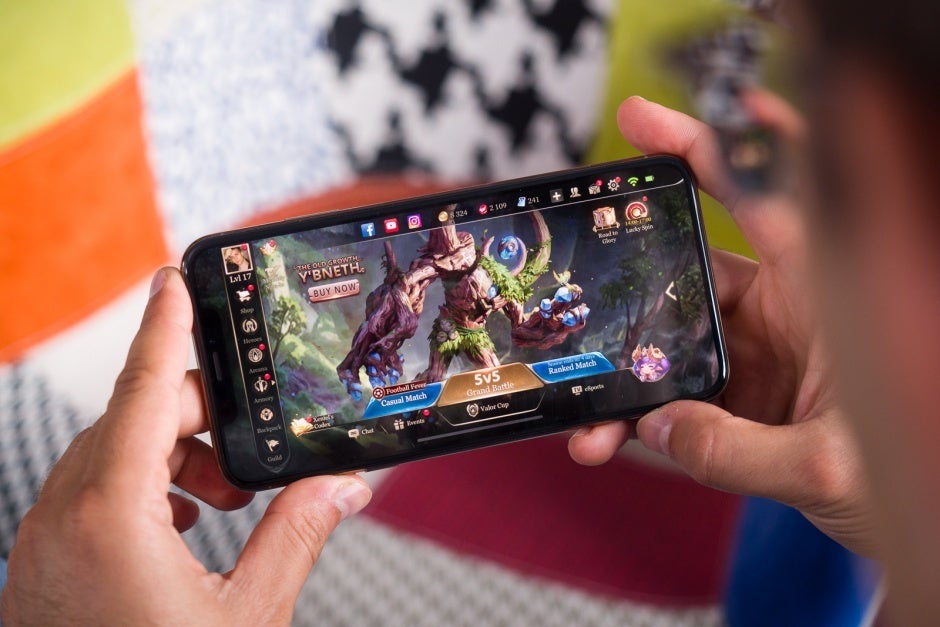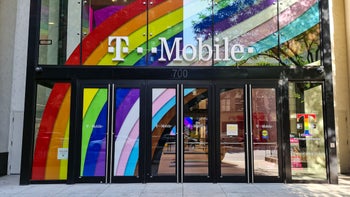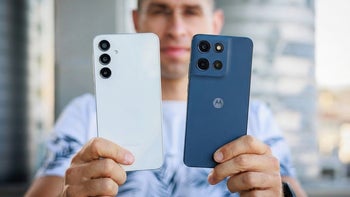Apple's iPhone-connected AR smart glasses might be just months away from a production start

Your iPhone will be the brains of the operation
While AR (augmented reality) headsets haven't taken off yet, there are many VR (virtual reality) and MR (mixed reality) products around that are slowly but steadily rising in popularity. For the time being, the distinction between all these reality-enhancing and reality-replacing experiences is not extremely clear, although the consensus among companies like Apple and Facebook seems to be that AR has a much brighter future than VR technology.
That being said, there is an important and crystal clear distinction already being made between standalone head-mounted displays like the Microsoft HoloLens or Oculus Go and tethered products like the HTC Vive or Oculus Rift. Most rumors and inside reports have called for a less-than-ambitious Apple approach in this fledgling market, and Kuo is once again supporting the iPhone-connected theory.

The iPhone XS is certainly powerful enough to drive an AR headset
That basically means the smartglasses would rely on your iPhone for, well, pretty much everything. There will be no processor, memory, GPS chip or other crucial components built into the actual headset, so disconnecting it from your iPhone will render it useless. For what it's worth, it sounds like the glasses will be able to link to Apple's mobile devices wirelessly, also sporting their own display and various depth sensors.
At the very least, that means we're looking at a significantly fancier (and pricier) product than the Samsung Gear VR, which also uses the screen of a physically-connected Galaxy phone to deliver (mildly) immersive virtual reality content.
Is this truly the industry's next big thing?
In short, probably not. Probably not right off the bat, that is, but further down the line, it's easy to imagine why so many powerful people in the world of technology consider augmented reality the biggest breakthrough since the mobile phone. We just need to give Apple a little time to refine, improve, and expand the app ecosystem. It also might not be such a bad idea to release a tethered headset first for a number of reasons, the most important of which are production and production costs.

Apple is going where Google already failed miserably
Otherwise put, it's much easier and cheaper (at least in theory) to manufacture smartphone-reliant AR glasses than a fully independent device you can wear on your face and use for various purposes, like gaming, navigation, communication, and so on. Apple should therefore be able to price this first-gen product substantially lower than the defunct Google Glass and business-oriented Microsoft HoloLens 2, the latter of which costs a whopping $3,500.
Unfortunately, we can't give you an actual number until we find out exactly what Apple's headset can do and what it contains. We're also worried the battery of existing iPhones may not be able to power both the handset and headset for very long, but perhaps Apple will think of that and release a mobile device this year with a jumbo-sized cell. One can dream, right?
Follow us on Google News














Things that are NOT allowed:
To help keep our community safe and free from spam, we apply temporary limits to newly created accounts: